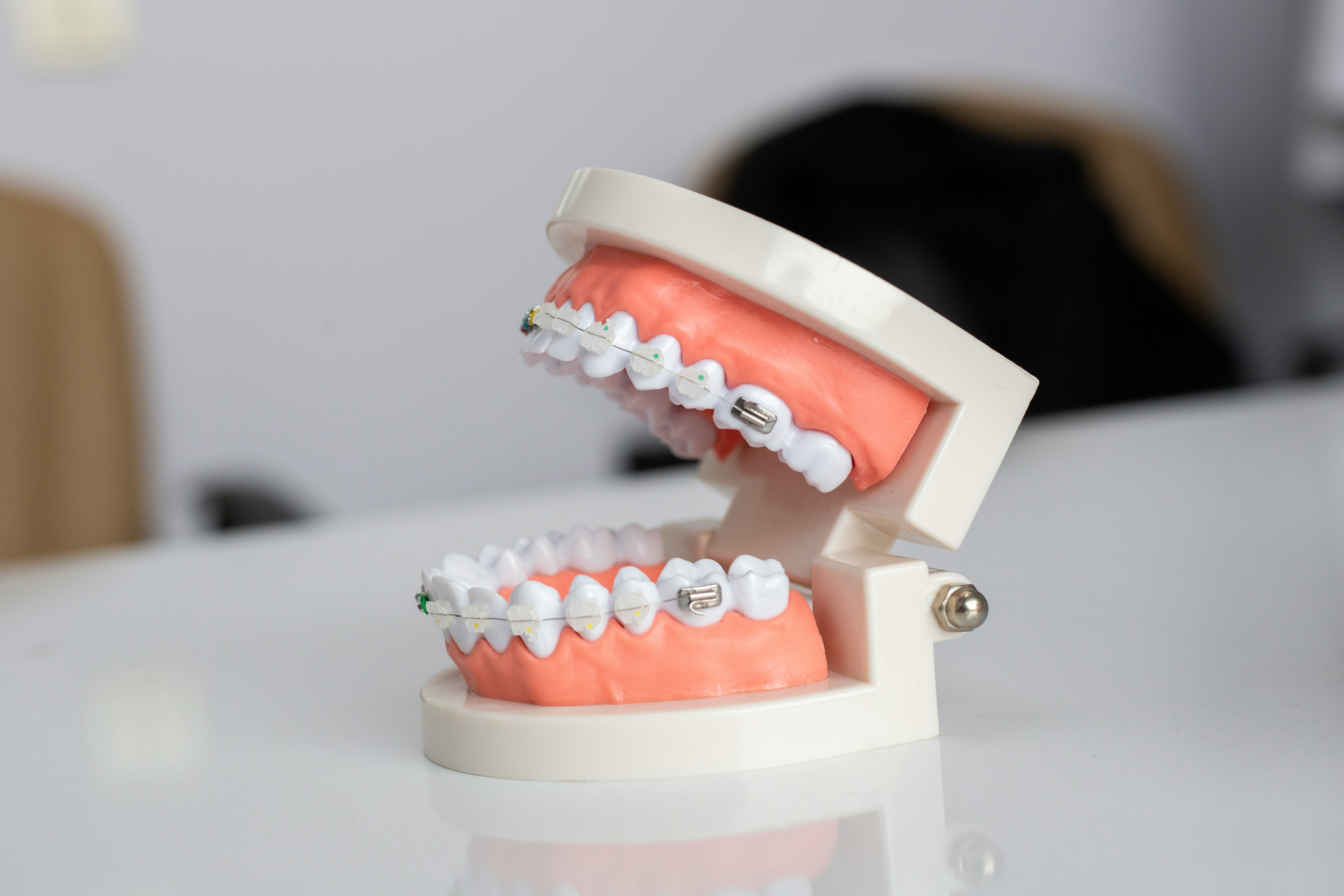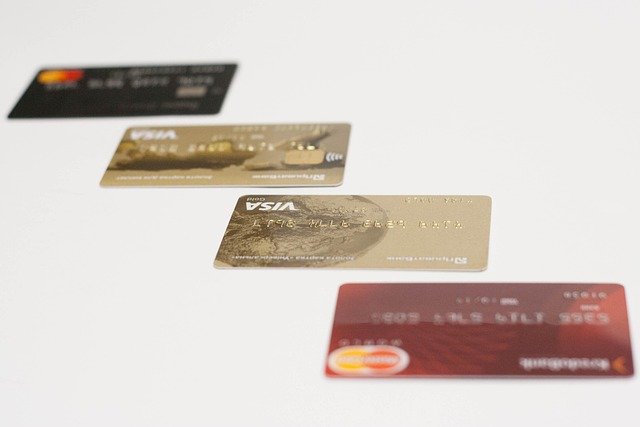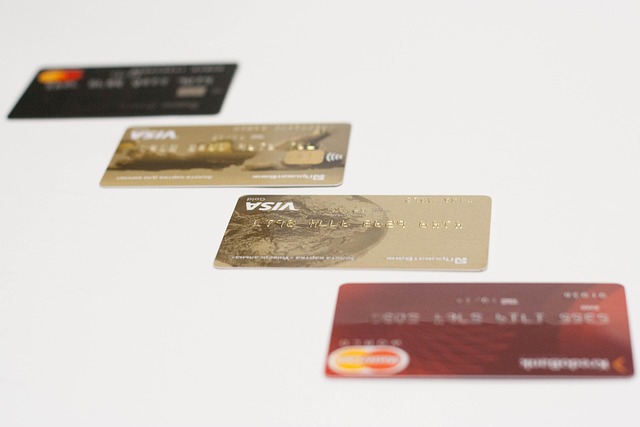Understanding Screwless Dental Implants: A Modern Tooth Replacement Option
Screwless dental implants represent an innovative advancement in tooth replacement technology, offering patients a less invasive alternative to traditional implant systems. These modern solutions eliminate the need for screws by using different attachment mechanisms to secure artificial teeth to the jawbone. For those seeking tooth replacement options with potentially faster healing times and simplified procedures, screwless implants are becoming an increasingly popular choice among dental professionals and patients alike.

Dental implants have revolutionized tooth replacement, providing patients with durable, natural-looking solutions that restore both function and aesthetics. Among the latest innovations in this field are screwless dental implants, which offer several advantages over traditional screw-based systems. This article explores what screwless dental implants are, how they work, and what patients can expect in terms of cost and procedure.
What Are Screwless Dental Implants?
Screwless dental implants represent a modern approach to tooth replacement that eliminates the need for traditional screws to secure the prosthetic tooth to the implant base. Instead of using screws, these systems employ alternative connection mechanisms such as friction-fit designs, locking tapers, or magnetic attachments. The implant itself still integrates with the jawbone through osseointegration, but the method of attaching the crown or prosthetic tooth differs significantly.
These innovative implants typically feature a smooth, tapered design that allows for a press-fit connection between components. Some systems use internal conical connections that create a bacterial seal, potentially reducing the risk of infection around the implant site. The absence of screws can eliminate micro-gaps where bacteria might otherwise accumulate, potentially contributing to better long-term implant health.
How Do Screwless Dental Implants Differ From Traditional Options?
Traditional dental implants typically involve a three-component system: the implant fixture that integrates with the jawbone, an abutment attached with a screw, and the prosthetic tooth. This design has been the standard for decades, but it comes with certain limitations, including potential screw loosening over time and bacterial infiltration at connection points.
Screwless systems simplify this design by reducing the number of components and eliminating screw-related complications. The connection between the implant and prosthetic is often more secure and stable, potentially reducing maintenance needs over time. Additionally, screwless designs may distribute forces more evenly across the implant and surrounding bone, which could contribute to better long-term outcomes and preservation of bone structure.
Another significant difference lies in the procedure itself. Screwless implant placement can sometimes be less invasive, requiring smaller incisions and potentially allowing for immediate or early loading of the implant in certain cases. This can translate to faster healing times and reduced discomfort for patients compared to traditional methods.
Benefits of Screwless Implant Technology for Tooth Replacement
Screwless dental implants offer several advantages that make them an attractive option for many patients. First, the simplified design often results in a more streamlined procedure with potentially shorter chair time. The elimination of screws means there’s no risk of screw loosening or fracture, which are occasional complications with traditional implants.
From an aesthetic perspective, screwless implants can provide superior results, particularly in the front of the mouth. The absence of access holes for screws allows for better cosmetic outcomes, especially in all-ceramic restorations where metal components might otherwise be visible.
Many patients report improved comfort with screwless systems, as the more integrated design can feel more natural in the mouth. Additionally, maintenance may be simpler without the need to periodically tighten or replace screws, though regular dental check-ups remain essential for all implant types.
The biological benefits are also noteworthy. The seamless connection created by many screwless systems can reduce bacterial infiltration, potentially decreasing the risk of peri-implantitis—an inflammatory condition affecting the tissues surrounding dental implants that can lead to bone loss and implant failure.
Who Is a Good Candidate for Screwless Dental Implants?
Ideal candidates for screwless dental implants generally include patients with good overall health, adequate bone density in the jaw, and healthy gum tissue. Like traditional implants, sufficient bone structure is necessary to support the implant, though some screwless systems may be adaptable to different bone qualities.
Patients who have experienced complications with traditional screw-retained implants might be particularly good candidates for screwless alternatives. Additionally, those with concerns about long-term maintenance issues or aesthetic considerations, especially for front teeth, may benefit from the screwless approach.
However, not everyone is an ideal candidate. Patients with certain medical conditions, including uncontrolled diabetes or specific immune disorders, may face higher risks with any implant procedure. Heavy smokers and those with severe bruxism (teeth grinding) may also require additional evaluation before proceeding with screwless implants.
A thorough consultation with a dental specialist is essential to determine if screwless implants are appropriate for an individual’s specific circumstances. This assessment typically includes comprehensive imaging to evaluate bone structure and density, as well as a review of medical history and oral health status.
Cost Considerations and Comparison of Screwless Dental Implant Options
The cost of screwless dental implants varies widely depending on several factors, including the specific system used, the number of implants needed, any preparatory procedures required (such as bone grafting), and geographic location. Generally, screwless implants may be somewhat more expensive than traditional screw-retained options due to their advanced technology and materials.
| Implant System | Average Cost Per Implant | Notable Features | Typical Warranty |
|---|---|---|---|
| Straumann Pure Ceramic | $2,000-$3,500 | Metal-free, high aesthetic results | Lifetime implant warranty |
| Nobel Biocare Conical Connection | $1,800-$3,000 | Tight seal, reduced bacterial infiltration | 10-year warranty |
| Bicon Dental Implants | $1,700-$2,800 | Plateau design, 360° rotation capability | 5-year warranty |
| Zest LOCATOR | $1,500-$2,500 | Self-aligning design, multiple retention levels | 5-year warranty |
| DIO Implant | $1,400-$2,300 | UV-activated surface, accelerated healing | Limited lifetime warranty |
Prices, rates, or cost estimates mentioned in this article are based on the latest available information but may change over time. Independent research is advised before making financial decisions.
It’s important to note that these costs typically represent just the implant component itself. The total treatment cost will include additional expenses such as consultations, imaging, anesthesia, the prosthetic tooth, and any necessary preparatory procedures. The complete treatment for a single tooth replacement with a screwless implant generally ranges from $3,000 to $6,000.
Insurance coverage for dental implants varies significantly between providers and plans. While some dental insurance plans may cover a portion of implant treatment, many consider it an elective procedure and provide limited coverage or none at all. Patients should verify their coverage details before proceeding with treatment.
Many dental practices offer financing options to help manage the cost of implant treatment, including payment plans, healthcare credit cards, or third-party financing. Some clinics also provide package pricing for multiple implants, which can reduce the per-implant cost.
Maintenance and Long-term Care for Screwless Dental Implants
Maintaining screwless dental implants requires diligent oral hygiene practices similar to those for natural teeth. Daily brushing with a soft-bristled toothbrush, flossing around the implant, and using antimicrobial mouth rinses when recommended can help preserve implant health and longevity.
Regular dental check-ups are crucial for monitoring implant condition and addressing any concerns promptly. Professional cleanings may require special instruments designed specifically for implants to avoid scratching the surfaces. During these visits, dentists typically evaluate the stability of the implant, assess the health of surrounding tissues, and check for any signs of wear or complications.
While screwless implants eliminate some maintenance concerns associated with traditional systems, they still require attentive care. With proper maintenance, however, these modern implants can provide decades of reliable function, with many designed to last a lifetime with appropriate care.
This article is for informational purposes only and should not be considered medical advice. Please consult a qualified healthcare professional for personalized guidance and treatment.




